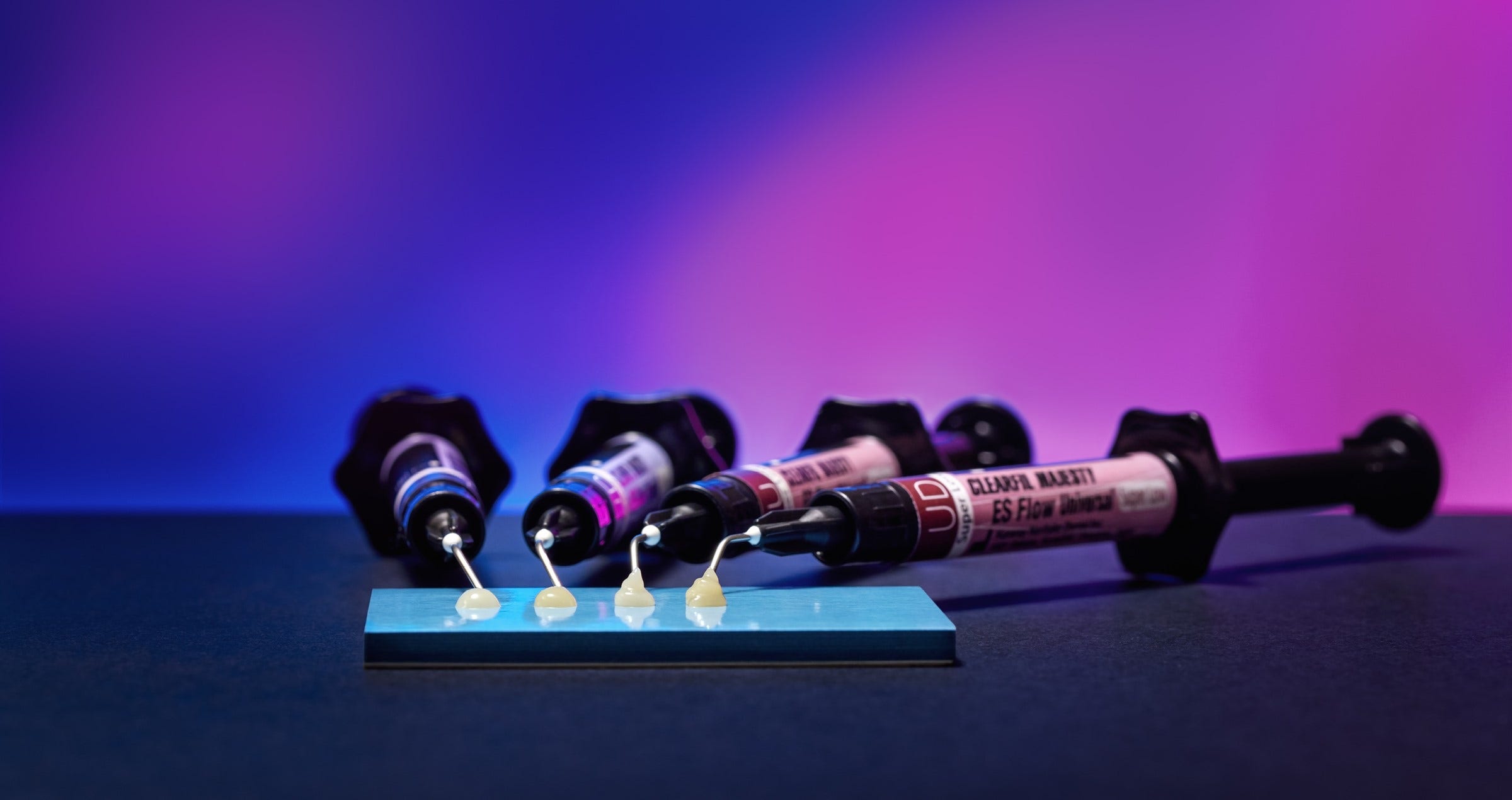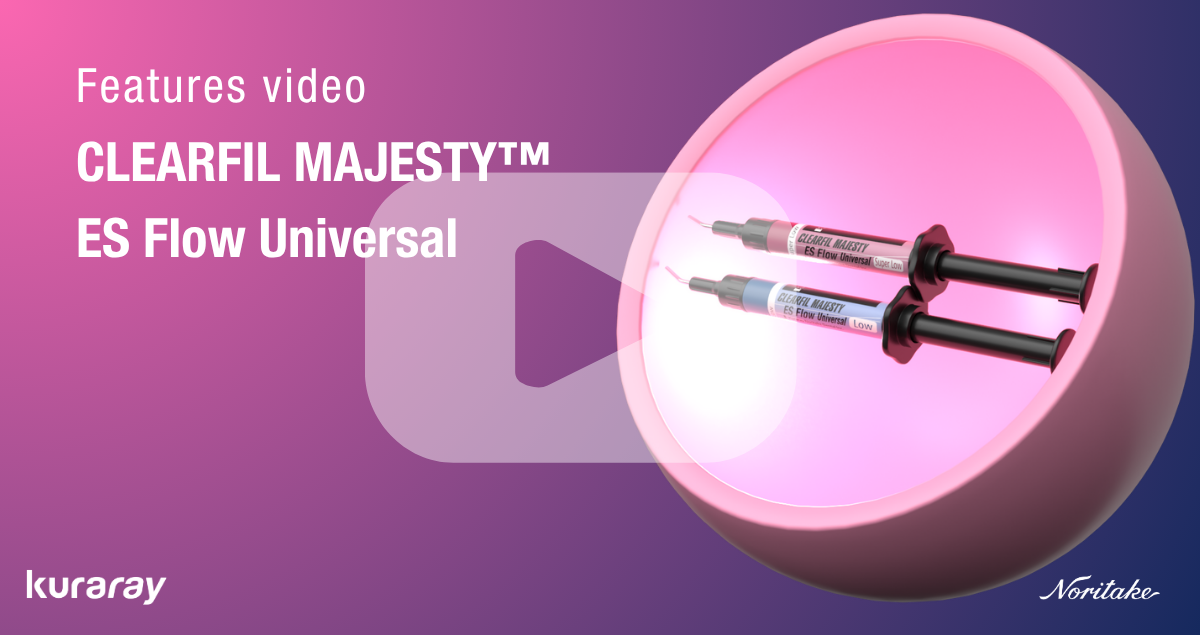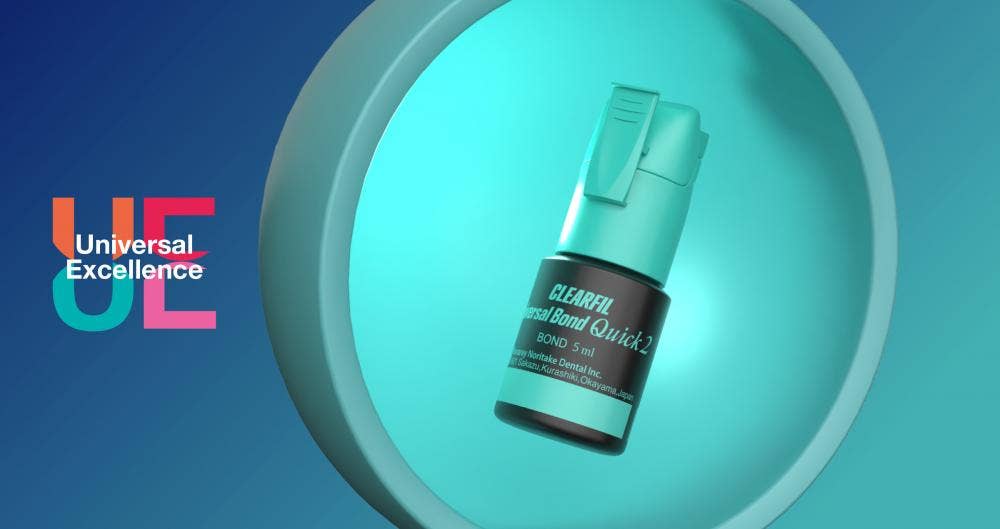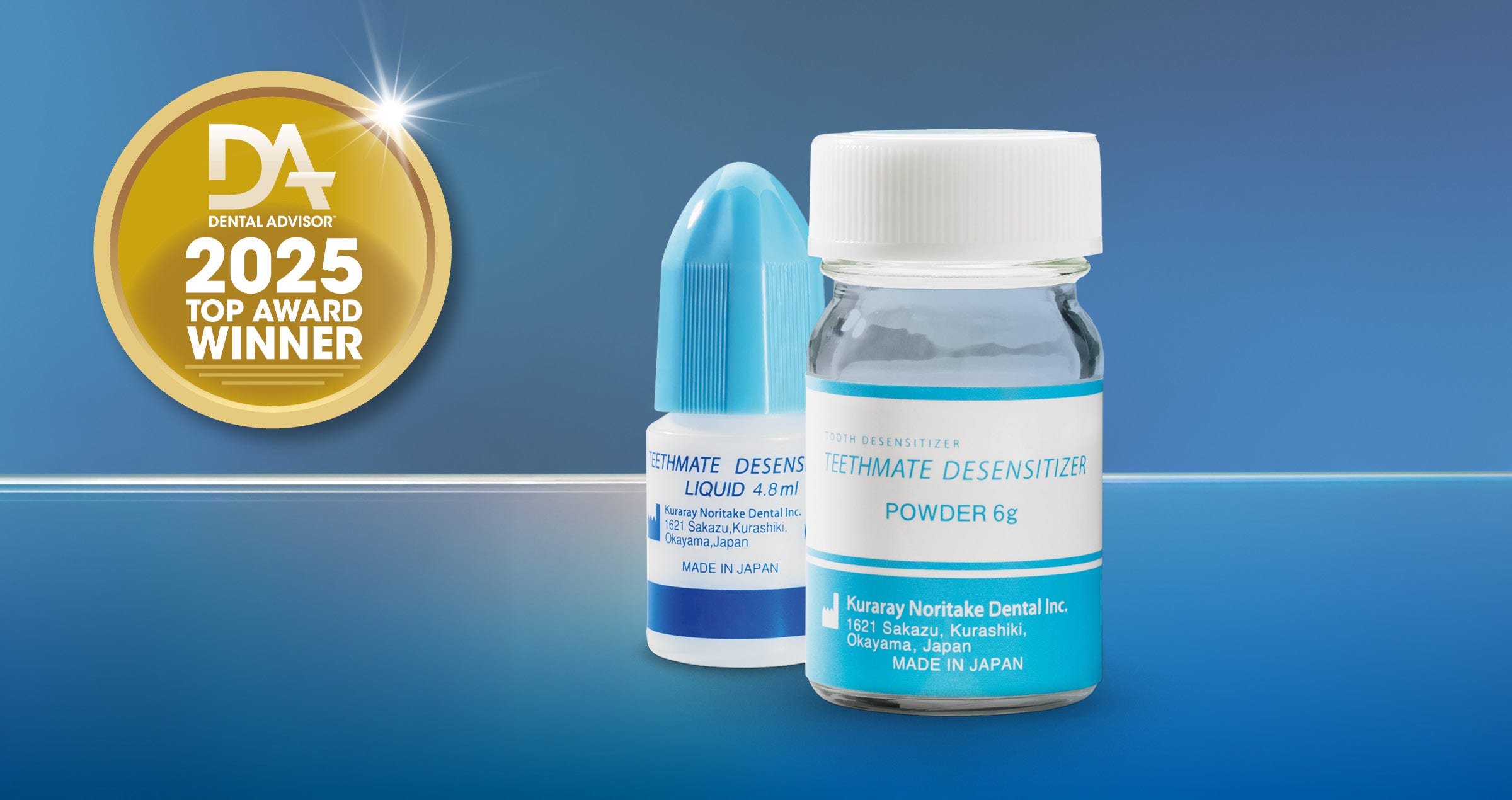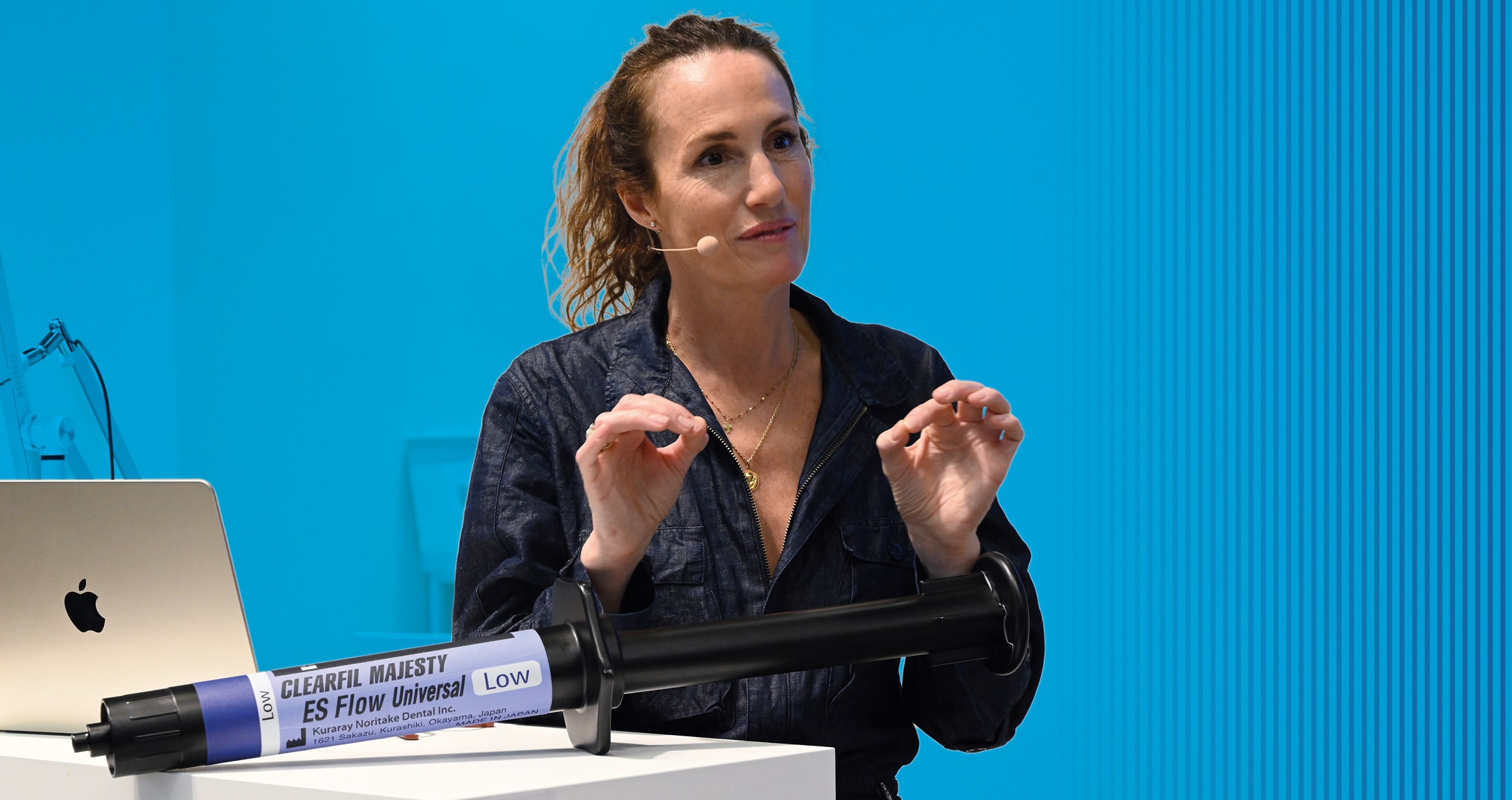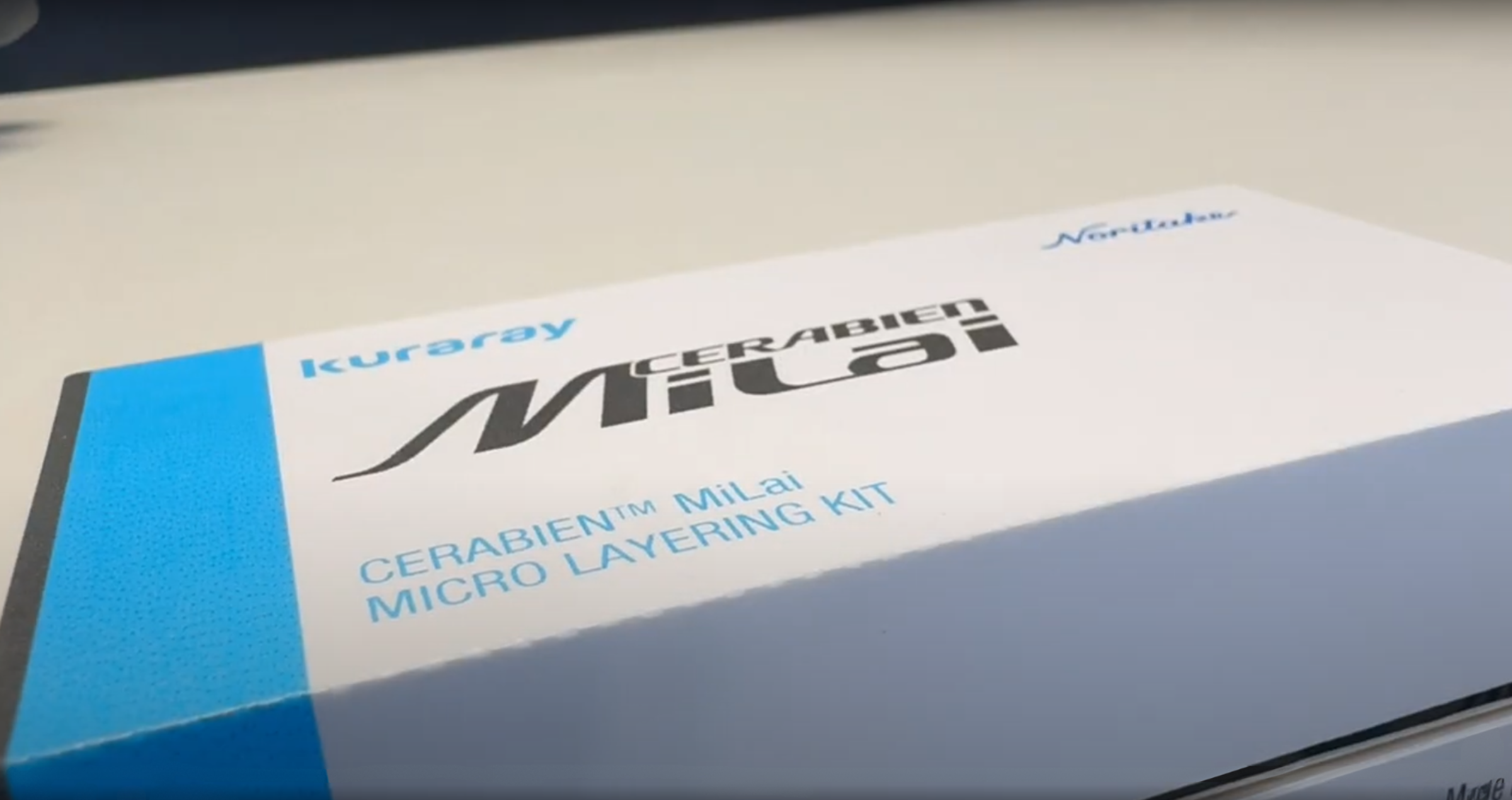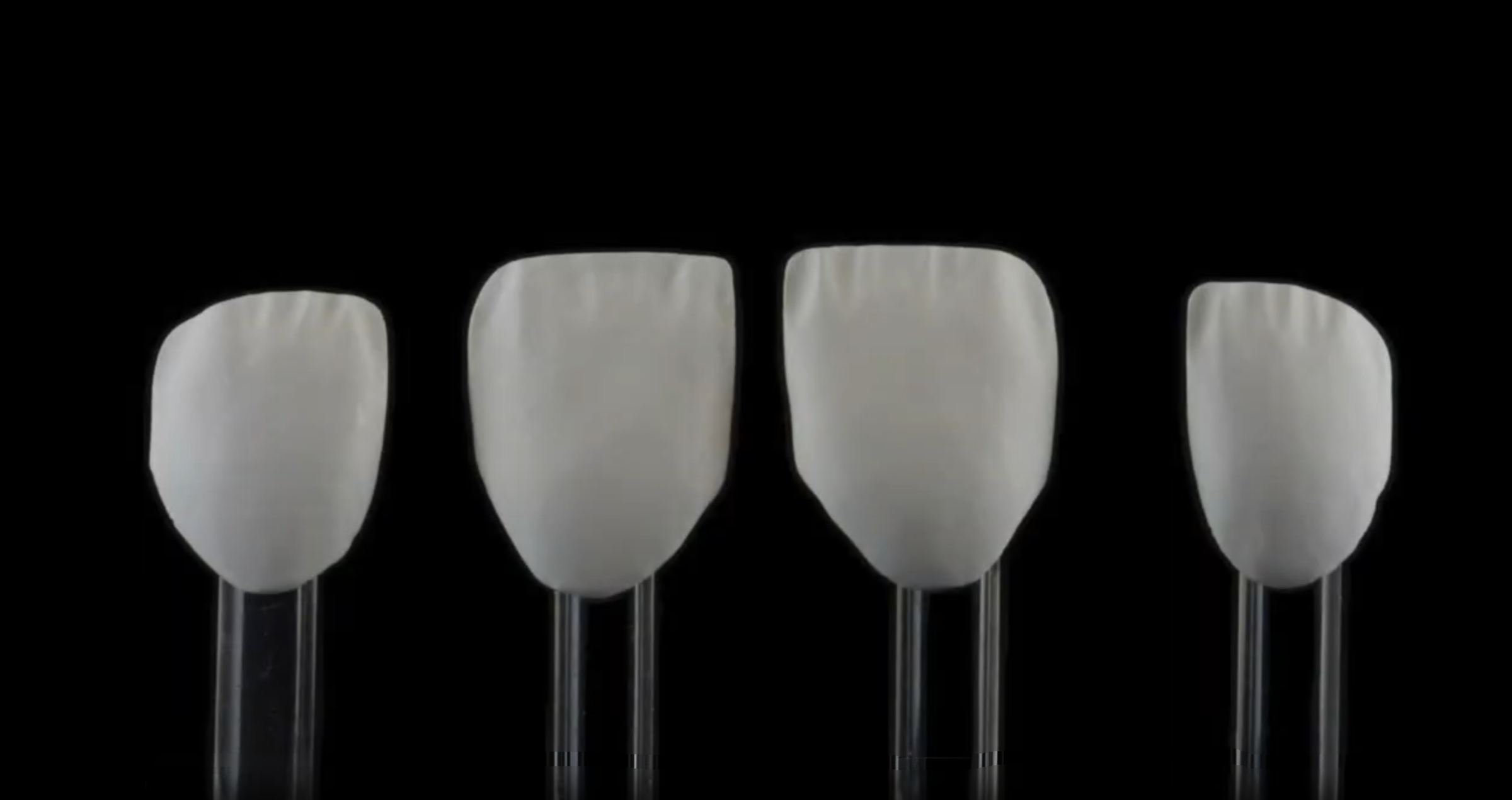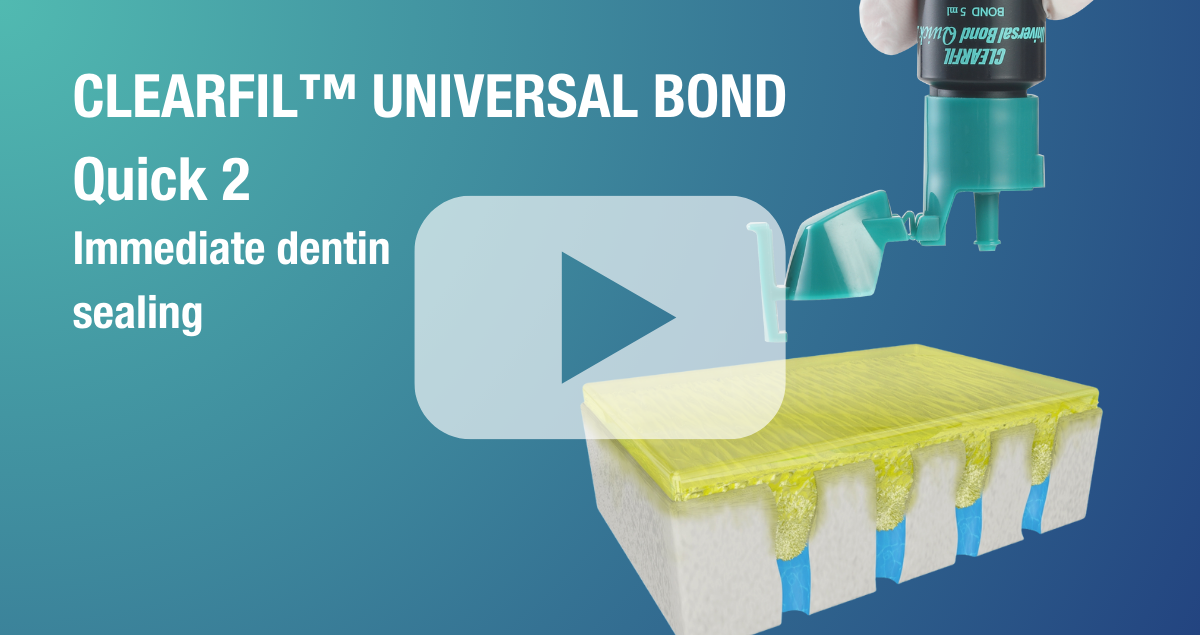Why your choice of dental zirconia matters
High-quality dental zirconia is crucial in prosthodontic treatments to ensure patient satisfaction and long-term success. The use of high-quality zirconia helps in achieving perfectly fitting restorations that are both aesthetically pleasing and durable, minimizing the need for remakes and extra appointments. Low-quality zirconia, however, can lead to various issues such as poor optical properties, improper fit, and inferior biocompatibility, which may go undetected until they cause clinical problems like gingival recession or early restoration failure. Therefore, selecting high-quality zirconia with the right composition, followed by correct processing, is essential for optimal outcomes in dental restorations.
THE DEVELOPMENT OF DENTAL ZIRCONIA
In the late 1990s, the first CAD/CAM-fabricated Zirconia coping was launched as an alternative to the non-aesthetic metal substructure, providing a strong and more aesthetic framework for porcelain-fused restorations. More recent developments in zirconium oxide have led to a shift from full-baked to monolithic use. This has largely overcome mechanical complications such as chipping and delamination and at the same time avoiding the need for the preparation of much of the tooth structure. Leading to prosthetic restorations that retain as much of the structure as possible.
Dental zirconia has traditionally been manufactured mainly from the tetragonal zirconia crystals with a minor proportion of approximately 3 mol% yttria stabilizer (3Y-TZP); this type is extremely strong but has low translucency.1 By increasing the amount of yttria added to zirconia to around 5 mol%, the translucency is significantly improved because of the presence of a higher amount of zirconia crystals in the cubic form. This zirconia material is often referred at as 5Y-partially stabilized zirconia (5Y-PSZ). However, this increase in translucency comes at the cost of a decrease in mechanical strength.2 The introduction of multi-layered zirconia by Kuraray Noritake Dental Inc. marked a significant advancement in zirconia technology, paving the way for highly aesthetic monolithic restorations. The development of a more aesthetic zirconia resulted in a steep decline of metal-ceramic usage in favour of ceramic prostheses. Nevertheless, there are still concerns about the quality of zirconium oxide prostheses. Not only about adhesiveness, but also about fit and processing. Several clinical reports show outcomes with high success rates up to 97% over more than 15 years.2 However, there are also reports showing catastrophic failures of zirconia dental restorations. Let’s look at a very important root cause of these failures; the processing procedure.
ALTHOUGH ALL ZIRCONIA BLANKS MAY LOOK SIMILAR, QUALITY AND PROPERTIES CAN DIFFER WIDELY AS THEY ARE AFFECTED BY:
✓ The quality of the raw materials
✓ Raw material processing
✓ Blank pressing
✓ Pre-sintering
OVERVIEW OF POTENTIAL PROBLEMS AND CLINICAL CONSEQUENCES FOR PATIENTS
| Potential problem of substandard zirconia | Potential clinical consequence for patients |
| Limited biocompatibility | Gingival recession / inflammation |
| Inhomogeneities in the material structure |
Improper fit of the restoration Surface cracks Aesthetic issues (translucency, colour) > remakes |
| Inferior surface quality: porous surface | Increased plaque accumulation > periodontal problems, caries |
| Inferior surface quality: rougher surface texture | Harder to smoothen and polish > high antagonist wear |
| Low edge stability | Marginal cracks and fractures > early repair or replacement |
| Low flexural strength | Decreased longevity > early replacement |
| Limited fracture toughness | Fractures / limited longevity > early replacement |
ROOT CAUSES OF ZIRCONIA FAILURES
Failures in zirconia restorations can often be traced back to the processing procedures used before the materials reach dental clinics. Most dental manufacturers source their zirconia powder from third-party suppliers, giving them limited control over the quality of the material they receive. Zirconia milling blank manufacturers typically press the raw powders, into disks around 100 mm in diameter, which are then pre-sintered to add mechanical stability. The exact formulations of these blanks are often proprietary and not disclosed. Variations during the disc pressing process can introduce air voids and impurities, negatively impacting the quality of the final restorations.2 Dental laboratories further process these blanks by milling them into final shapes based on the 3D profiles provided and then sinter them at temperatures above 1,400°C to achieve the desired final phase. Each blank is designed with an enlargement factor to account for shrinkage during sintering. However, detailed processing procedures, such as milling and finishing, are often typically unavailable. As a result, the exact chemical composition, microstructure, and processing of zirconia materials for dental applications varies significantly depending on the manufacturer and laboratory involved. These variations make the production of zirconia restorations a complex and often unpredictable process.
Kuraray Noritake Dental Inc. is one of the few manufacturers handling the entire dental zirconia production process, including raw material processing, in-house. This end-to-end control allows us to ensure exceptional product quality across all materials. A core principle of Kuraray Noritake is the of a higher amount of zirconia crystals in the cubic form. This zirconia material is often referred at as 5Y-partially stabilized zirconia (5Y-PSZ). However, this increase in translucency comes at the cost of a decrease in mechanical strength.2 The introduction of multi-layered zirconia by Kuraray Noritake Dental Inc. marked a significant advancement in zirconia technology, paving the way for highly aesthetic monolithic restorations. The development of a more aesthetic zirconia resulted in a steep decline of metal-ceramic usage in favour of ceramic prostheses. Nevertheless, there are still concerns about the quality of zirconium oxide prostheses. Not only about adhesiveness, but also about fit and processing. Several clinical reports show outcomes with high success rates up to 97% over more than 15 years.2 However, there are also reports showing catastrophic failures of zirconia dental restorations. Let’s look at a very important root cause of these failures; the processing procedure. seamless integration of quality performance and ease of use, backed by a strong commitment to providing the right materials and support. As the producer of KATANA™ Zirconia, Kuraray Noritake’s meticulous oversight at every stage of production guarantees consistent quality, enabling us to confidently stand behind the excellence of our products.
KATANA™ PRODUCTION
All our zirconia offerings begin their journey to the dental lab in our Japanese facility where raw zirconia ore is processed to a high quality raw powder. Several delicate treatments are done as next steps, including the addition of several fine-tuned essential components like stabilisers and binders. Kuraray Noritake Dental Inc. benefits from in-house production of the raw materials required for dental zirconia. This provides the perfect base on which to use our multi-layering technology and add any other elements needed to create superior quality and purity of the formulation as well as a precise alignment of the desired properties.
From powder to blank pressing, Kuraray Noritake Dental Inc. uses a unique and highly meticulous pressing process that provides for absolute uniform pressing distributions. Every detail is carefully calculated, managed, and controlled. This phase of the process takes several days, underscoring our goal to achieve the most aesthetic product. The results are uniform mechanical and optical properties, outstanding margin stability, high surface quality and a very controlled sintering deformation. By removing the variables for the dental lab, KATANA™ Zirconia provides a reliable material that will give you the same result, every single time.
In the final stage of production, as our KATANA™ Zirconia blanks are prepared for packaging, each disc undergoes a meticulous manual quality check. This last, hands-on inspection ensures that every KATANA™ Zirconia disc meets the highest standards of excellence that we promise. By giving each disc this personal attention, we guarantee that the quality and performance of our products consistently exceed expectations, reflecting our unwavering commitment to perfection in every detail.
Kuraray Noritake Dental Inc’s state-of-the-art production facilities enable us to create highly stable pre-sintered blanks with precisely the right rigidity to withstand all kinds of milling. This stability makes KATANA™ Zirconia a product that can be fully used without braking in situations where a large part of the disc already has been milled. Something that frequently occurs with lower quality products that are less strong in green-state. This highly stable quality also makes it possible to shorten the sinter time on KATANA™ Zirconia discs up to 54 minutes for single tooth restorations and bridges with up to three units.
NATURAL COLOUR GRADIENT
Kuraray Noritake is well aware of the importance of varying levels of chroma and translucency in various parts of a natural tooth. Our aim has been to mimic this effect even without the use of porcelain layering. In areas where the dentin core is revealed, a tooth is highly chromatic and rather opaque. In contrast, those parts of a tooth mainly composed of enamel – such as the incisal edge - are highly translucent and have a low chroma. Our patented KATANA™ Zirconia multi-layered technology has been developed to precisely imitate this gradient in chroma and translucency and shows a virtually seamless transition between layers, resulting in a tooth-like appearance without the need for porcelain layering. The four types of multi-layered KATANA™ Zirconia (UTML, STML, YML* and HTML PLUS) have a four-layer colour grading structure. The optical outcome is revealed immediately after sintering.
THE LATEST DEVELOPMENT IN ZIRCONIA
Our commitment to quality performance and ease of use is at the heart of everything we do. In line with these core values, we have pushed the boundaries of dental zirconia technology with our latest innovation: KATANA™ Zirconia YML for flawless aesthetics combined with high strength. In this revolutionary design we developed a multi-layered zirconia with additional flexural-strength and smooth translucency gradation; KATANA™ Zirconia YML.
Furthermore, all KATANA™ Zirconia YML discs are designed using ratios rather than fixed measurements of different layers in the multi-layered structure, this means that regardless of the disc’s thickness, there is always a consistent ratio of 35% of raw material that constitutes the translucent enamel zone. Hence, discs with an increased height, which are typically used to produce larger restorations, will always offer sufficient space in the enamel zone, while smaller discs are optimized for smaller restorations.
THE DESIGN CHOICES MADE ON KATANA™ ZIRCONIA YML GREATLY ENHANCES THE ADVANTAGES FOR THE LAB TECHNICIAN
✓ The ratio design offers design flexibility due to strategic layering.
✓ The accurate reflection of colour and translucency reduce the need for extensive finishing.
✓ Stable CTE throughout the disc allowing to produce high precision full arch restorations.
✓ Uniform, void free and high green-state stability for higher nesting flexibility thus higher output.
✓ Relatively high hardness in the green state, for easy green-state modification and fine tuning without the risk of fracturing or chipping.
✓ The hardness also allows for milling thinner restorations including sharp margins, thereby improving marginal fit.
✓ The part of a prosthesis from the body layer of KATANA™ Zirconia YML can be adjusted thinner than that of other high translucency zirconia, resulting in higher translucency in the body part.
MARGINAL STABILITY AND ENHANCED FITTING ACCURACY
KATANA™ Zirconia YML shows sharp margins and less chipping , thereby leading to better marginal fit. Thinner restorations show that this good result in sharp margin supports the use of KATANA™ Zirconia YML.
Even if the restoration margins have been milled to a very thin profile, they still show smooth margins without any chipping.
EVERYTHING THE LAB NEEDS
Kuraray Noritake offers four different types of multi-layered dental zirconia to cover every indication as well as a single-layer HT option to produce frameworks and long-span bridges. In the below chart you can view the range of recommended applications for all KATANA™ Zirconia Multi-layer discs.
CONCLUSION
The choice of dental zirconia significantly impacts the success of dental restorations, translating directly into daily practice for the lab technician. High-quality zirconia, such as that produced by Kuraray Noritake Dental Inc., ensures less cracking and chipping during the manufacturing process, reducing the likelihood of costly redoes due to fit or colour deviations. Superior quality of the zirconia powder, like those in KATANA™ Zirconia, allows for speed sintering, accelerating production without compromising the integrity of the restorations. Additionally, the advanced multi-layered zirconia designs, like Kuraray Noritake’s, reduce the need for extensive porcelain layering to achieve aesthetic results, streamlining the process, and enhancing efficiency.
Kuraray Noritake’s stringent quality control, with its end-to-end in-house production, guarantees consistent and reliable zirconia products. The all-rounder KATANA™ Zirconia YML, designed using precise ratios rather than fixed measurements, offers greater flexibility in design and nesting, ensuring consistent quality across varying restoration sizes. By selecting high-quality zirconia with meticulous quality control, dental labs can achieve optimal outcomes in both performance and aesthetics, ultimately benefiting both technicians, dentists, and patients.
REFERENCES
1. Yarahmadi M., Roa J.J., Zhang J., Cabezas L., Ortiz-Membrado L., Llanes L., Fargas G.; Micromechanical properties of Yttria-doped zirconia ceramics. Journal of the European Ceramic Society, Volume 43, Issue 7, July 2023, Pages 2884-2893.
2. Liao, Y., PhDa, Gruber, M. BSEa ; Lukic H., BSEa; McLees J., CDTb ; Chen S., PhDc ; Boghosian A., DDSd ; Megremis S., MS, PhDa; Survey of the mechanical and physical behaviors of yttria-stabilized zirconia from multiple dental laboratories. Journal Reprint Line (2023) 2, 100018





